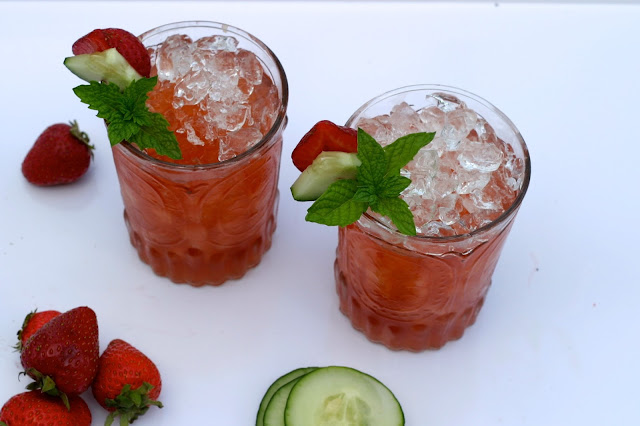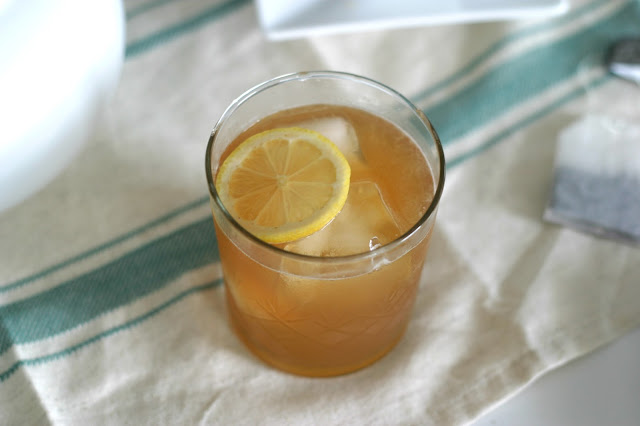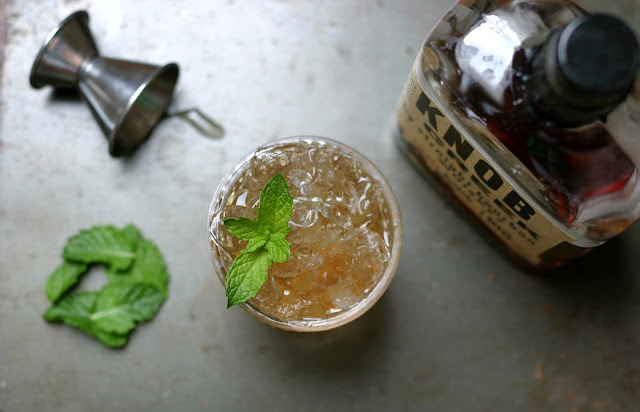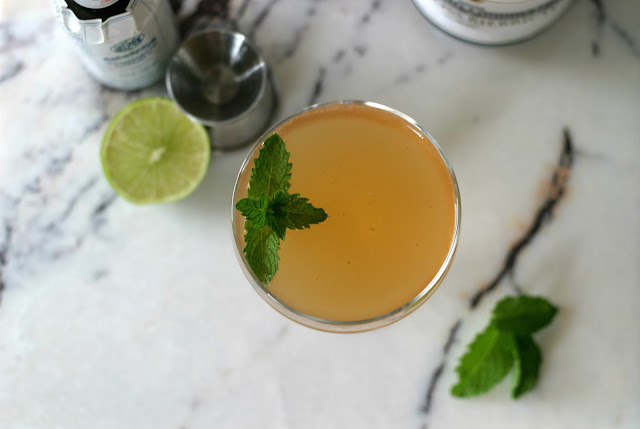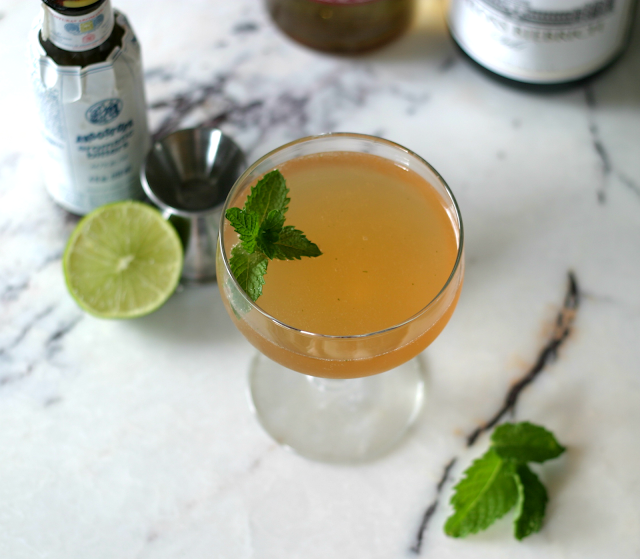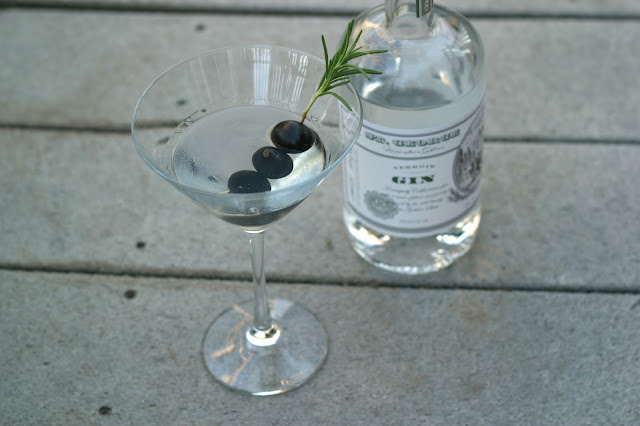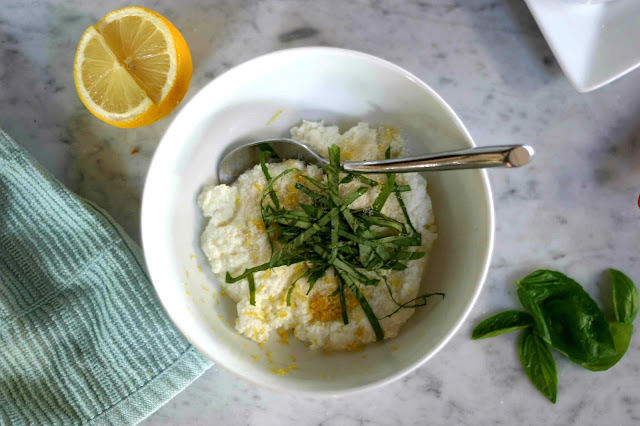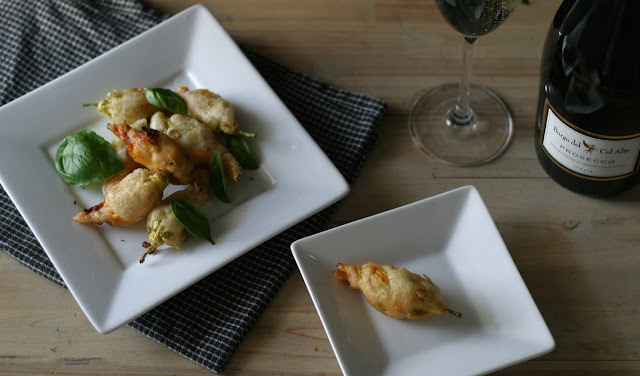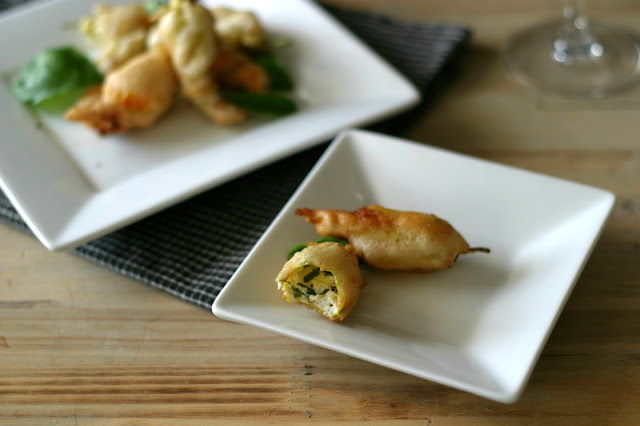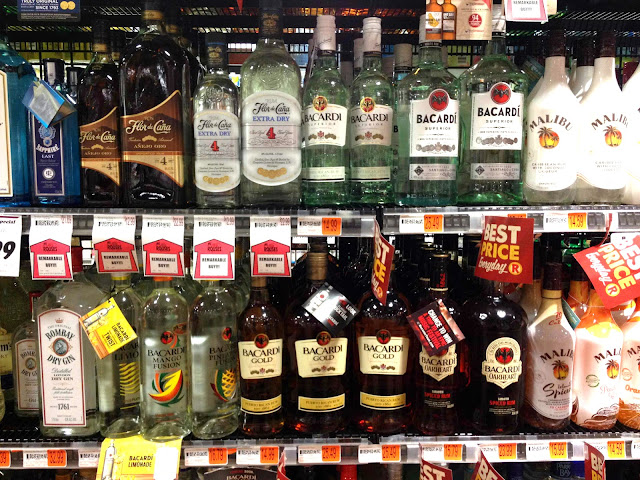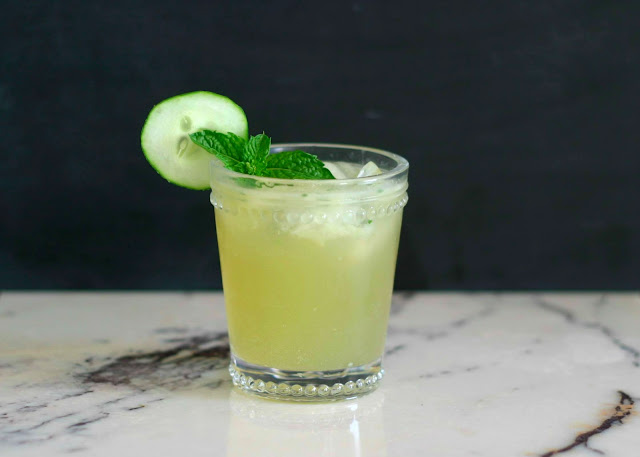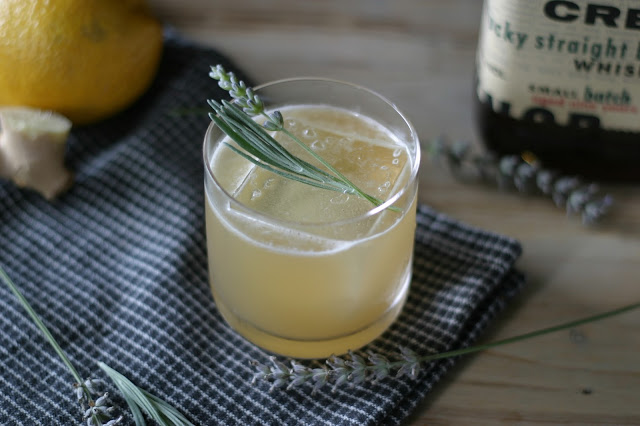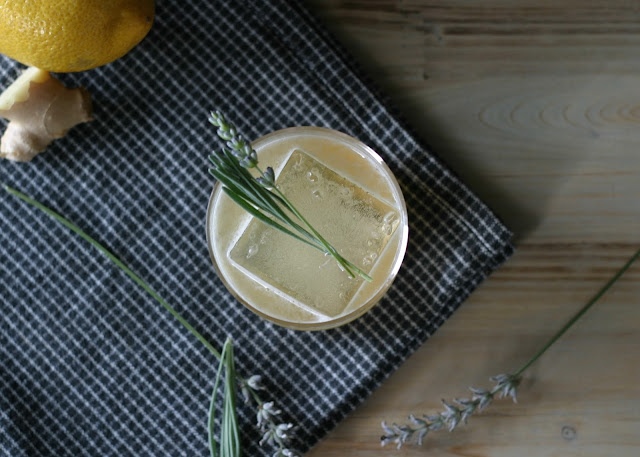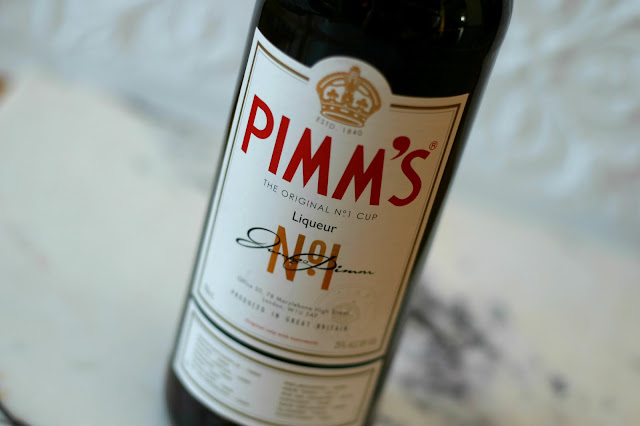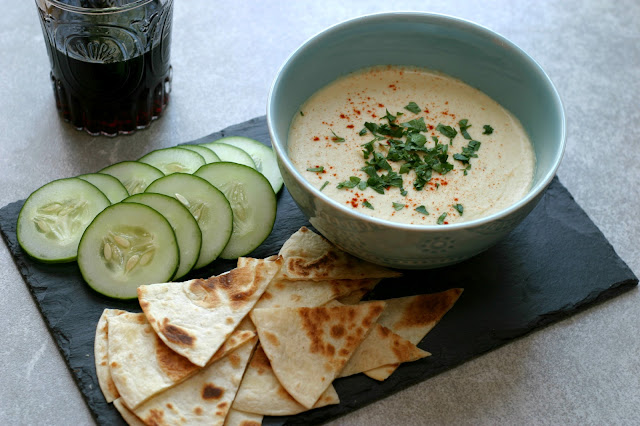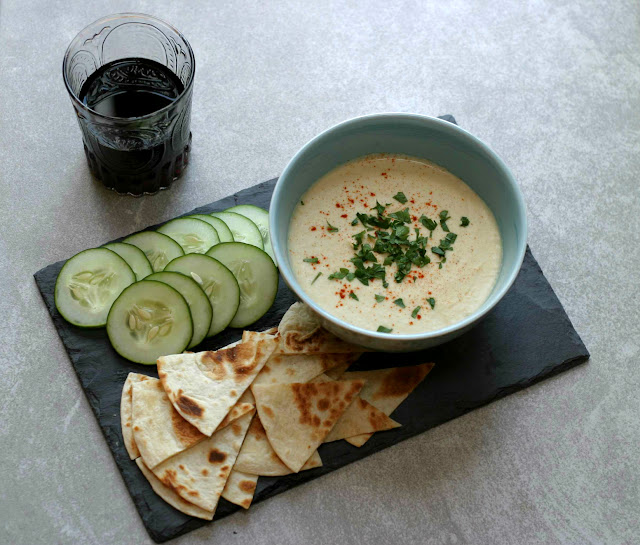I've been more active on Twitter lately, and it seems like every day is #NationalSomethingDay. I guess it's a fun way to get everybody talking about the same thing, but goodness there are a lot of them. Today is National Vanilla Custard Day. Tomorrow is National Ice Cream Pie Day. And Wednesday, which I'm looking forward to, is National Potato Day. I'm not kidding. Check out this
calendar for a full schedule of the madness.
I usually don't recognize these culinary holidays, but yesterday the mysterious High Council of Internet Stuff that decides these things named it National Rum Day, and everybody was tweeting about rum. This was actually pretty timely, because I was planning on talking about rum today anyway.
I've become more curious about rum because of the current obsession with tiki drinks. Every bar I go to has at least a few whimsical cups, and many are prominently featuring tiki cocktails on their menus. Just last week, GarnishGuy and I went to
Backbar in Union Square. He started by ordering a
Queen's Park Swizzle off the menu, and then asked the bartender to make him something else like it. A few minutes later, he was sipping a
Jet Pilot out of a cup shaped like a very bored-looking macaw, and I was thoroughly wowed by its flavor. The obvious appeal of tiki drinks is their exotic ingredients, fun cups, and elaborate garnishes, but what I find most interesting is the focus on specific rums. The Jet Pilot alone used three different rums. I can't think of any other group of drinks where the individual characteristics of the spirit are stressed so highly. I've never seen a recipe that called for two different gins or whiskeys. But since I don't know anything about rum, I feel left out of all the fun.
So let's remedy that right now.
 |
| The Jet Pilot (right), served in the appropriate vessel at Backbar. |
Rum, by definition, is a distilled spirit made from sugarcane or sugarcane products (usually molasses). Like tequila, it can be consumed without aging, at which point it is a clear liquid, or aged in barrels for various amounts of time, which will turn it a golden color. Most rum is made in the Caribbean.
No one is completely certain where rum got its name, but the most common theory is that it was taken from the end of the word
Saccharum, the genus containing sugarcane. Alternatively, it may have come from a British slang term "rum," meaning "great" or "the best;" the Romani word
rum meaning "strong" or "potent;" or the Dutch word for a drinking glass,
roemer. Whatever its origin, the word is old. By 1654, it is used to refer to an alcoholic beverage in legal documents from the U.S. Colonies.
Rum is usually made from molasses. When sugar cane juice is used to make sugar, it is boiled, causing the sugar to crystallize. Molasses is the liquid by-product of this boiling. To make rum, molasses is fermented with yeast and then distilled. Sometimes the spelling "rhum" is used to indicate a rum that is made from sugarcane juice, but this isn't universal. In fact, not much is universal for rum. It's produced in so many different countries that there isn't really a unified system for categorizing it or standardizing ABV or aging designations. One way to infer some things about various rums is to look at where they are from, as each Caribbean island has its own style. But here are some basics:
Light or
White Rums are colorless, unaged rums. They lack the depth of flavor of aged rums, but have a sweet, subtle flavor. Puerto Rico is one of the biggest producers of light rums, and is home to the well-known brand Bacardi.
Gold or
Amber Rums get their color from aging in barrels, often charred oak whiskey barrels. They are medium-bodied, not as full in flavor as dark rums. There is no standard for how long a rum must be aged to receive a certain designation.
Dark or
Black Rums are, as the name suggests, dark in color. They are also aged longer than other rums, often in charred oak barrels. This extended aging gives them an intense flavor that brings out the notes of molasses and caramel. These rums can be sipped like good scotch, though many are finding their way into cocktails. Major producers include Jamaica, Martinique, Haiti, and Guyana.
Spiced Rums as flavored with added spices such as vanilla, ginger, nutmeg, allspice, cloves, and cinnamon. They are often dark or gold rums.
Flavored Rums are flavored with fruits such as banana, mango, pineapple, or coconut. Sometimes spiced rum is considered part of this category.
Overproof Rums are rums that are over 40% ABV (so, basically what you want to use if you want to set your cocktail on fire). Though my mind went immediately to ill-conceived Bacardi 151 cocktails, there are some very good overproof rums that are used in carefully-crafted tiki drinks.
Cachaça is a Brazilian spirit made from sugar cane juice that is essentially the same thing as
rhum agricole. It technically falls under the category of rum, but is given a special appellation based on its Brazilian origin.
So what about mixing different rums in tiki drinks? Let's go back to the Jet Pilot. I'm not positive what the bartender at Backbar used, but Frederic Yarm of
Cocktail Virgin Slut, another Boston bartender, includes Meyer's Dark Rum, Lemon Hart Demerara 151 Rum, and Ron Pampero Aniversario Rum. Meyer's is an aged dark rum from Jamaica that retains a lot of its molasses flavor. Lemon Hart 151 is an aged overproof rum from Guyana that has an intense flavor of burnt caramel and dark fruits. And Ron Pampero Aniversario is also an aged rum, but with a lighter flavor, and comes from Venezuela. I haven't tried any of them individually, but just reading about their flavor profiles I can see how blending all three could yield a very different taste than using just one.
All this is pretty bit intimidating for someone who usually has just two bottles of rum on her shelf. That's why I really appreciated
this article from Eater in which Jeff "Beachbum" Berry of New Orleans'
Latitude 29 lists the six rums you need to make tiki cocktails. The
only six, he claims. I can handle six. (I think. Let's see how much they cost.)
But for now, I'm visiting family in New Orleans and looking forward to a trip to Latitude 29 tonight. I'll let you know how it goes!
See you next week for #NationalWaffleDay!

